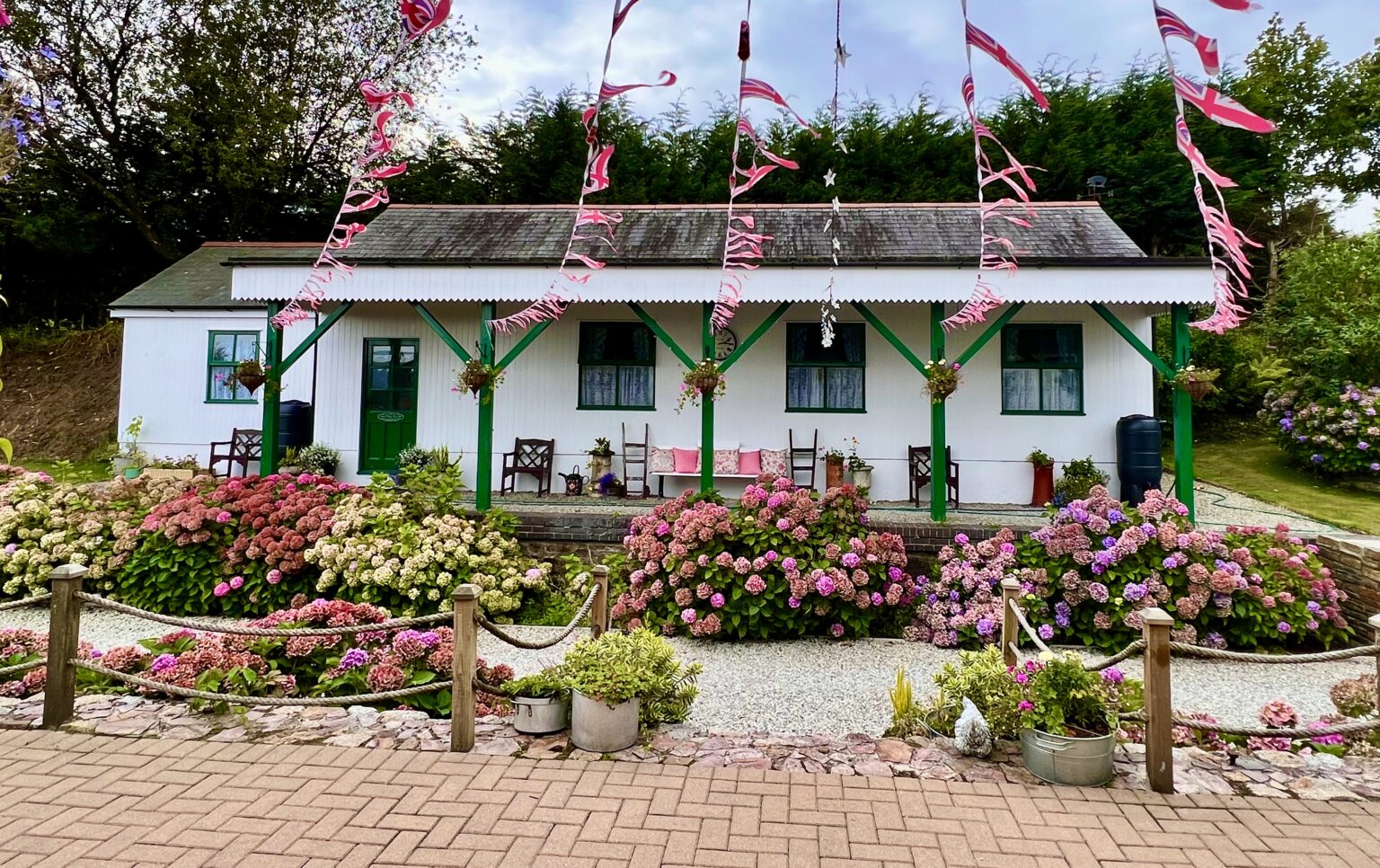Railholiday offers a unique getaway experience by transforming iconic railway carriages into beautifully restored self-catering holiday accommodations. Situated along the historic GWR main line in Cornwall, these carriages blend charm, comfort, and a touch of nostalgia, making them perfect for a memorable escape.
Choose from four stunning holiday carriages located in the picturesque village of St Germans, near Looe in Southeast Cornwall, or stay in Harvey, nestled in the coastal town of Hayle, near St Ives in West Cornwall. Each carriage has been thoughtfully designed to retain its railway heritage while providing modern comforts, creating a cosy retreat for couples, families, or solo travellers.
Each carriage features its own private landscaped gardens, offering a tranquil outdoor space to relax and reconnect with nature. Plus, with the exception of Mevy, the carriages are dog-friendly, so your four-legged friends can join in on the adventure. Whether you’re exploring the stunning Cornish countryside, coastal paths, or nearby beaches, Railholiday promises an unforgettable stay full of character and charm.
In this article, Lizzy the owner of these gorgeous carriages tells us about her approach to sustainability in the garden.

Home grown wherever possible
Here at Railholiday we believe strongly in home-grown wherever possible. We’re business members of The Cornwall Wildlife Trust, and try and make our gardens as nature-friendly as we can. We like to decorate our carriages with vases of flowers to welcome our guests. This means if all four carriages are occupied, that’s twelve vases. This means in winter short break season we sometimes need home-grown flora to fill twenty-four vases a week, which is no mean feat.
A horticulturist's dream
We are particularly lucky to have a gardener whose own garden is a horticulturist’s dream. Each Friday Lil arrives with armfuls of freshly cut flowers. In the winter this is usually viburnums, early camellias and spring bulbs. To compliment this bounty, we have our own dedicated winter gardens, packed full of hellebores, mahonia, hyacinths, azaleas, pulmonaria, primulas, narcissi, snowdrops, anemones, hyacinths, fritillaries and more. Evergreen sprays from pine and rosemary create a lovely scented bouquet and staples such as variegated euonymous, myrtle, lonicera and pittosporum make an interesting greenery spray to pad out the vases when flowers are in short supply.

Its never truly tidy!
As well as growing flowers for the vases, we also make sure there are plenty of flowers for the pollinators too. Winter can be unpredictable, and when the weather is suddenly unseasonably warm for a few days many insects sleepily crawl out of their hibernating hidey-holes to find there is no food. To help we have underplanted our lawns with crocus bulbs, a favourite of early bees. Crocuses look lovely on a bright winter’s day, as the petals unfurl to welcome the sun.
Perhaps now is a good time to comment that our gardens are never truly tidy. Wildlife needs long grass, log piles and dried vegetation to hibernate in, so we tend to delay cutting back our hollow-stemmed perennials so there’s plenty of over-wintering bug abodes.

We have over the last few years become galanthophiles – which is just a fancy way of saying we really love snowdrops. We planted some in our ten acres of woodland over two decades ago, but they didn’t seem to do anything. However about nine years ago we had a lovely surprise when we discovered they’d made their way down the slope and had occupied a derelict old track. So we spent a few years clearing, opening up a pathway through which has become our snowdrop walk.
Every year for the last eight years I’ve collected snowdrops from friends’ gardens, spread the ones that we already have, and bought the occasional species snowdrop to keep things interesting, so we’ve got little snowdrops, big snowdrops, double snowdrops and plenty more in-between.
The number of snowdrops planted now is well into the thousands and from mid January our snowdrop walk is stunning. From early March the wild garlic takes over, and we have another pollinator-friendly plant putting on a fine show.
So visitors at Railholiday can be assured that whatever time of year they visit, there always will be interest in the gardens and never any shortage of flowers in the vases. And the wildlife is happy too!
You can see more about Railholiday, including more details on our wildlife gardens and woods on our webpage www.railholiday.co.uk. We also have a fortnightly blog at railholiday.uk and can be found on social media with the tag @Railholiday.
Lizzy Stroud, Railholday







